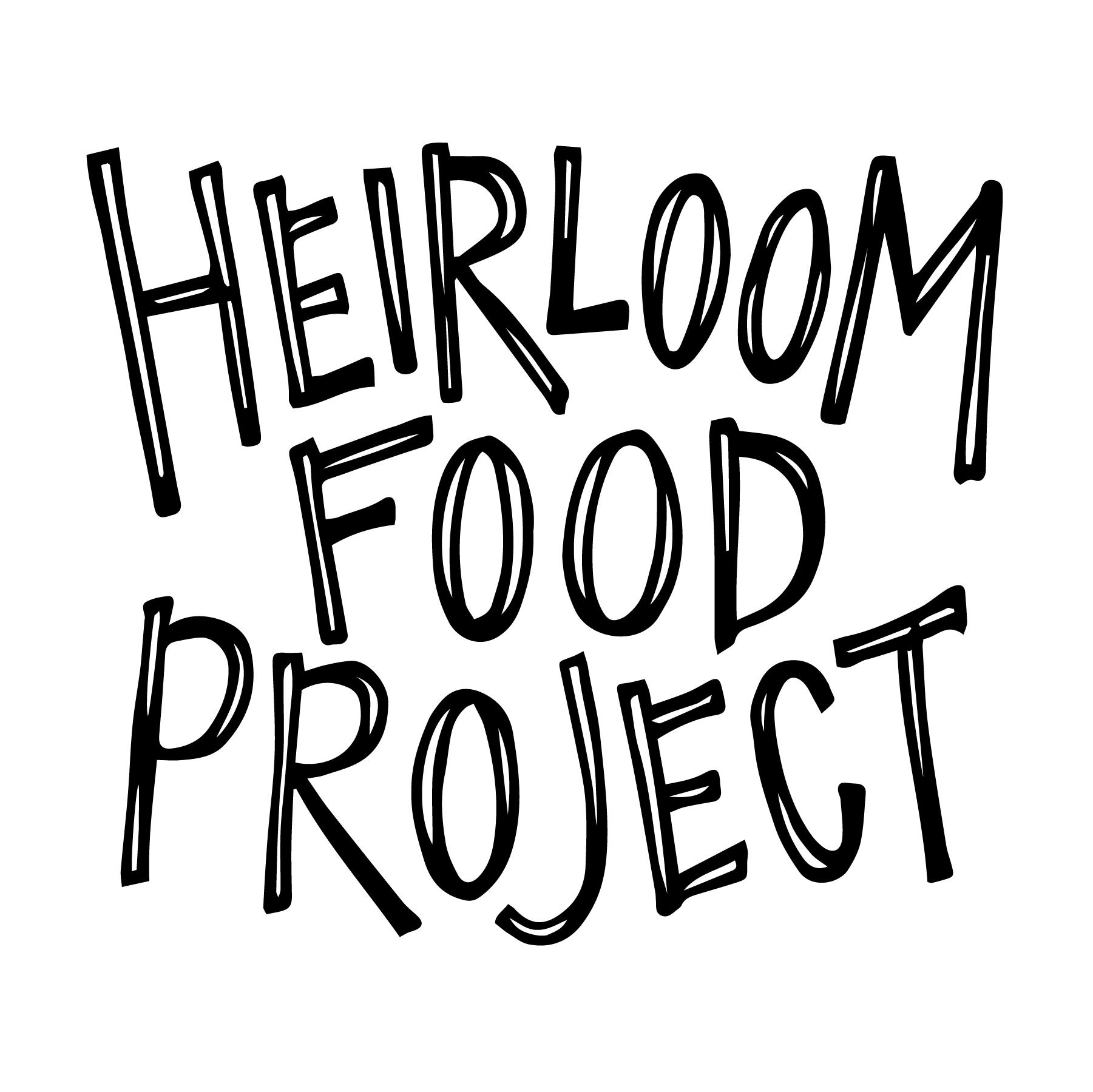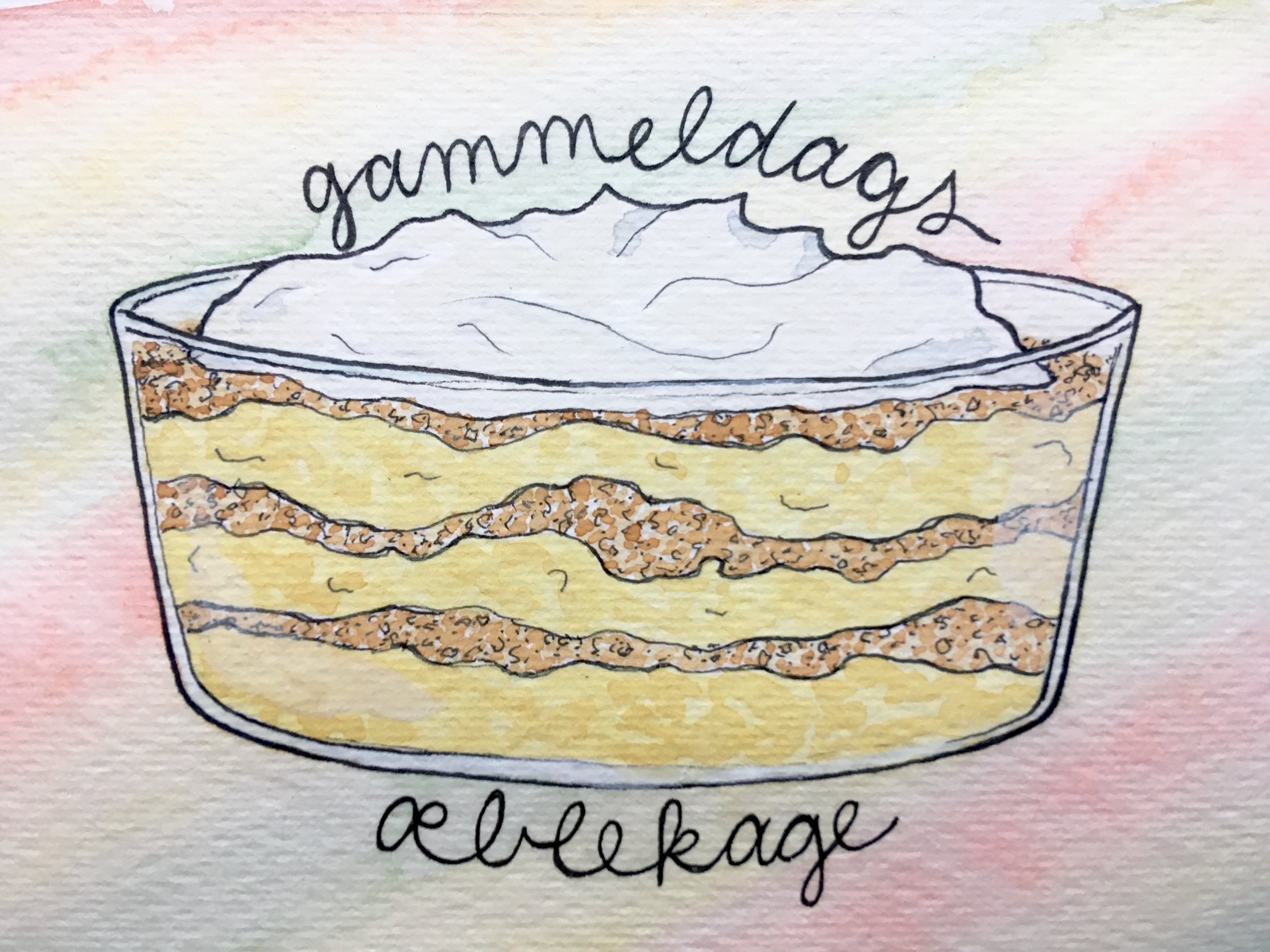Looking Backward to Refresh Your Love for Apples
The apple is the old, average standby that has been accompanying everyday lunch packets and institutional cafeteria meals since the beginning of time. But perhaps a closer look at their history and vast variety of flavor can spark a new flame.
If I had to guess, my bet is that we modern eaters encounter and consume the same two or three types of apples year after year. Though it sounds counterintuitive, I propose that the best way to renew our excitement for apples is to get our hands (and our minds) onto the history and ancient varieties.
The Apple’s Long History in Denmark
To claim that apples have been with us since the beginning of time is not an exaggeration. On Bornholm evidence of prehistoric human’s taste for sour, wild apples was found in two different Stone Age settlements. In the Middle Ages, Danish farmers began taking care to cultivate larger and sweeter varieties of apples. So prestigious were these fruits that the law of Jutland, and eventually all of Denmark, regarded the apples outside on the trees as equally valuable as the treasured belongings located inside the farmer’s house in cases of burglary.
Later in Danish history, and especially on the island of Fyn, a royal order required every garden to have one apple and pear tree. The fruit plucked from those trees was to be delivered directly to the royal court.
Variety Worth Preserving
A global organization called Slow Food has created a program called the ‘Ark of Taste.’ Akin to Noah’s Ark in the Bible, the goal of this initiative is to save diverse species from going extinct. In Slow Food’s case, they load up fruits, vegetables, animal breeds, cheeses, breads, sweets, and cured meats onto this intangible ark so that we can enjoy the flavors and traditions long into the future.
When I moved to Denmark, I had the clever idea to check out the foods deemed save-worthy here. Can you guess what’s on Denmark’s Ark? Yes, that’s right – apples! 15 varieties of them, to be exact. They carry names like Nonnetit Bastard Apple, Dronning Louise Apple, Filippa Apple, and Bøghs Citronæble (lemon apple). Their flavor descriptions carry phrases like “slightly spicy,” “suitable, fresh acidity,” “sweet and subtle,” “slightly strawberry aftertaste,” “intensely flavored,” and “acidic notes.” I share this, not to get all ‘wine snob’ on you, but just to show how delighted your taste buds could be with one of these old-timey varieties.
Three Ways to Refresh Your Love For Apples:
Head to the nearest park or forest. Bonus points if you climb the tree to claim your fruit. The variety may not be guaranteed ancient, but the nostalgic rush you’ll get from feeling like a kid is sure to reinvigorate your appreciation.
Make a Danish classic that dates back to the 1700s: æblekage (apple cake). If you believe cake must have soft, fluffy layers and frosting, you’ll need to put that expectation away. This cake has three simple components: apples stewed with vanilla and sugar, crunchy butter-roasted breadcrumbs (toast them yourself or pick up a pack of æblekagerasp at the supermarket), and fresh whipped cream.
Visit an orchard. Pometet at University of Copenhagen’s Taastrup campus grows 750 varieties of apples. They’re holding an open house on 29 September (www.pometet.dk). Outside of Randers is Det Grønne Museum (The Green Museum), where you can find exhibitions on Danish cookery, as well as events that feature some of the 264 Danish apple varieties growing in their orchard (www.detgroennemuseum.dk).
—
Source:
www.fondazioneslowfood.com
Æbler i det danske køkken by Else-Marie Boyhus
This article is published in The International, a monthly free newspaper created by and for expats living in Denmark. My column features stories about Danish foods and their global histories, as well as tips for home-cooking in your expat kitchen.




